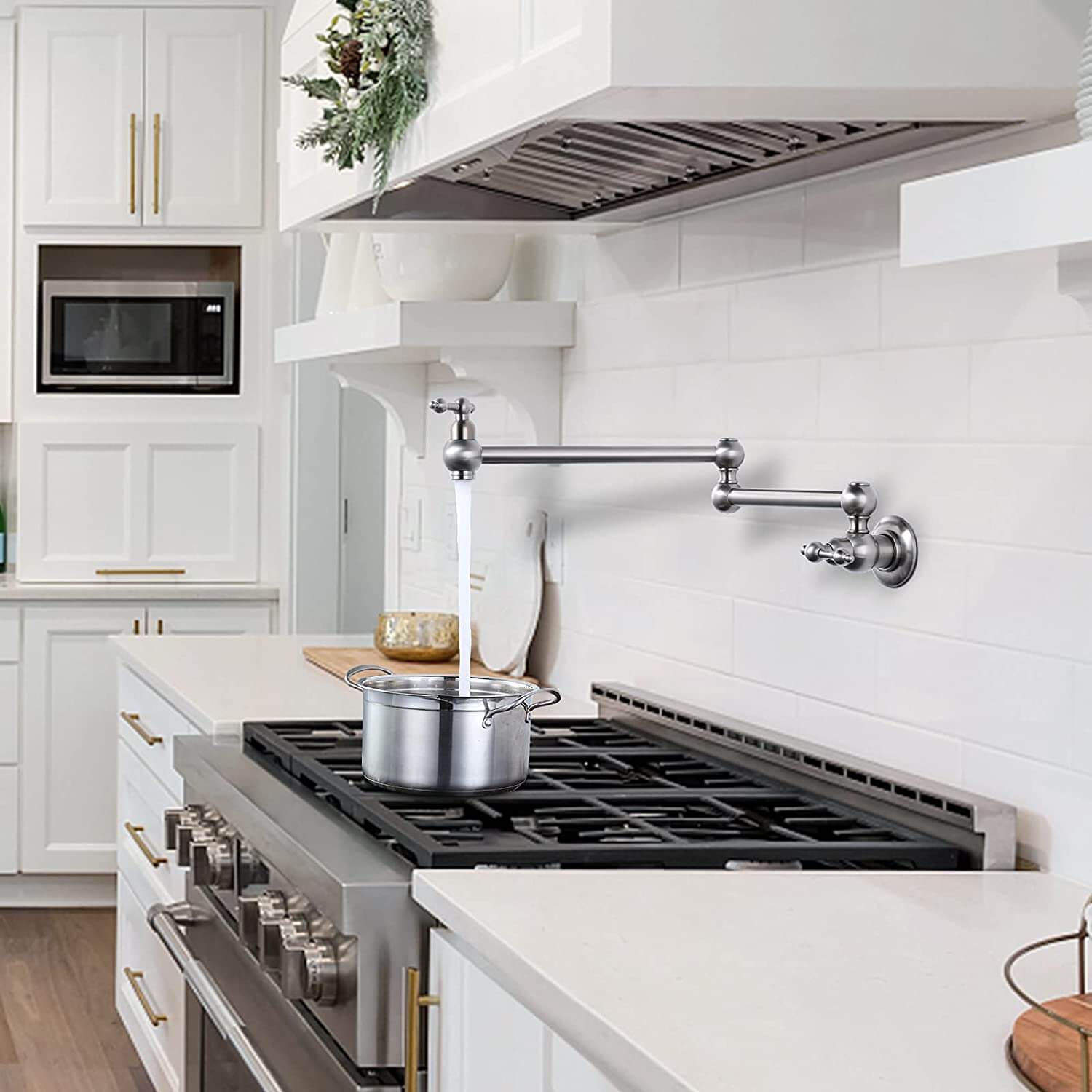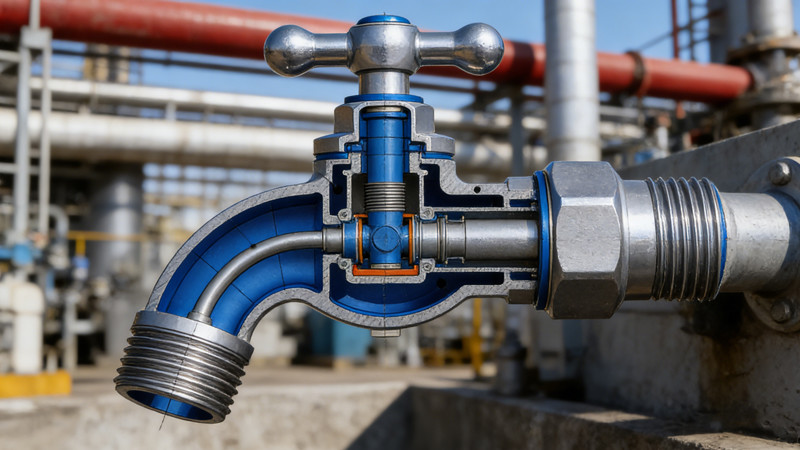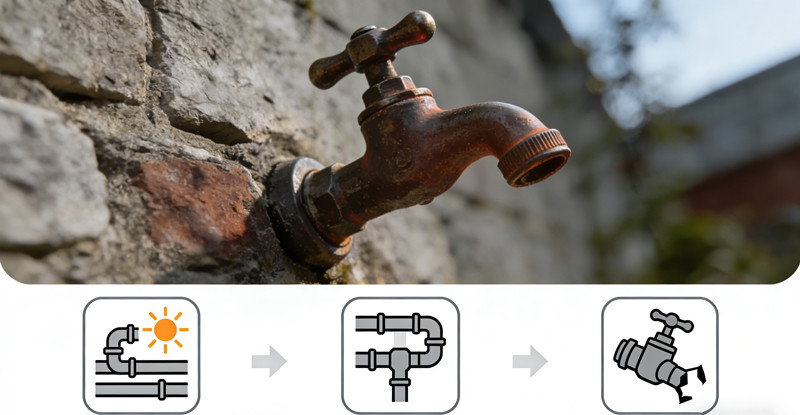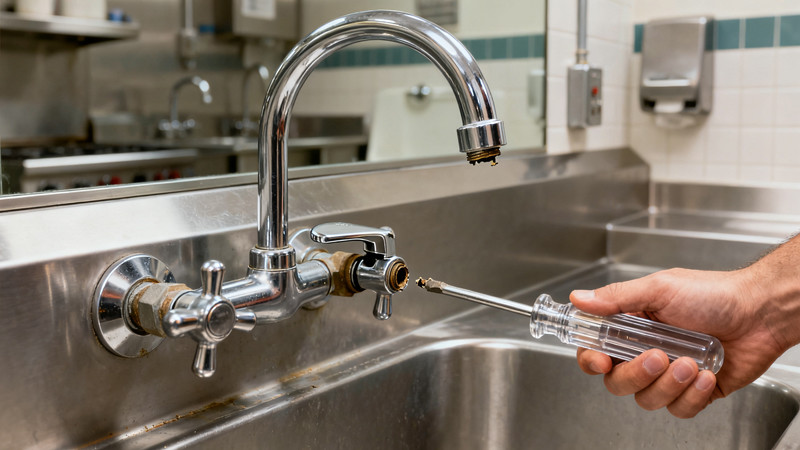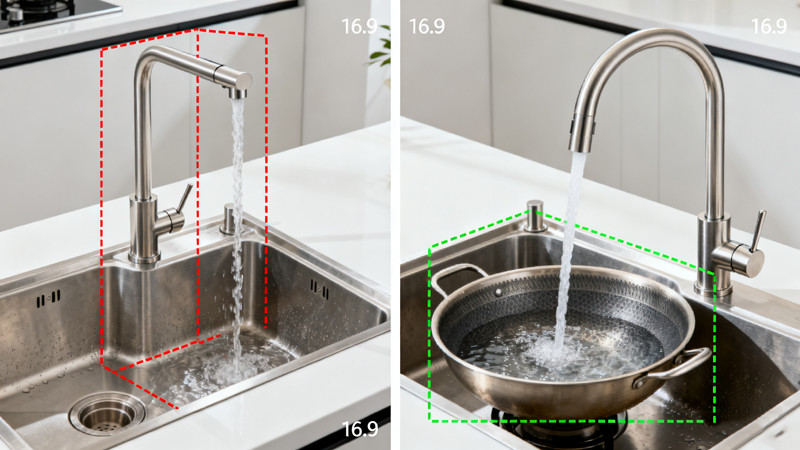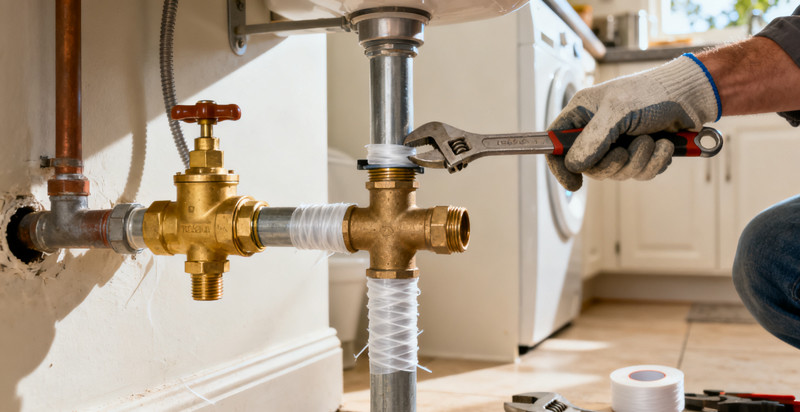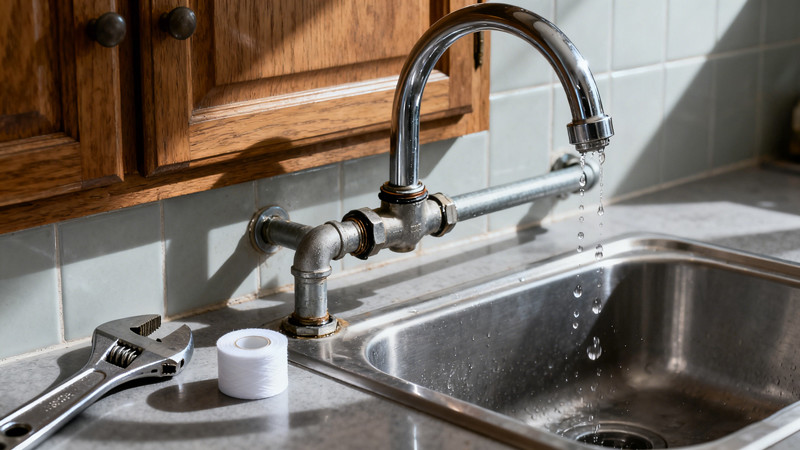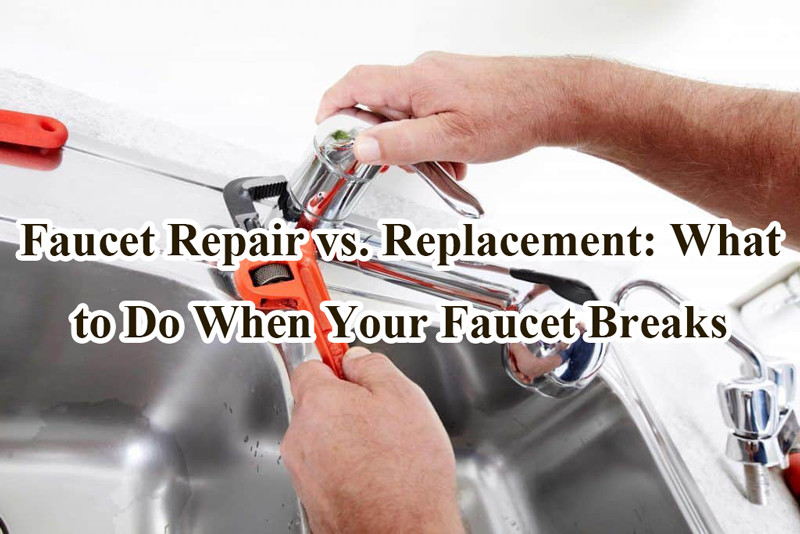
When a faucet breaks, the immediate question that comes to mind is whether it’s worth repairing or if it’s better to replace it altogether. After all, faucets are a crucial part of your home’s plumbing, and a broken faucet can lead to inconveniences such as water leaks, low pressure, or even increased water bills if left unchecked. Whether it’s a kitchen, bathroom, or utility faucet, understanding when to repair and when to replace can save you both time and money.
In this guide, we’ll walk through the pros and cons of faucet repair and replacement to help you make the best decision for your home.
Signs Your Faucet Needs Attention
Before deciding on repair or replacement, it’s important to identify the signs that your faucet is malfunctioning. Common issues that often point to a problem include:
- Leaking or Dripping
If your faucet leaks constantly, even when it’s turned off, this is a common problem, usually caused by worn-out washers, seals, or valves. - Low Water Pressure
If you notice a significant reduction in water flow or pressure, the faucet aerator might be clogged or there could be issues with the valve. - Rust or Corrosion
Rust and corrosion can develop over time, especially in older faucets or those exposed to hard water, which might lead to leakage or the inability to turn the faucet on and off properly. - Handle Issues
If the faucet handle feels loose, difficult to turn, or gets stuck in one position, it could be a sign that the internal components have worn out. - Strange Noises
Any unusual sounds, like whistling, squeaking, or grinding, often indicate that there’s an internal issue, such as debris in the valve or an issue with water pressure.
Once you identify the problem, you can decide whether a repair would solve the issue or if it’s time to consider replacing the faucet.
When to Repair a Faucet
Repairing a faucet is often the most practical solution, especially if the issue is minor and the faucet is in good overall condition. Here are some common repair scenarios where fixing the faucet might be the best option:
1. Replacing Worn-Out Parts
Faucets often develop problems because of specific components, like washers, seals, or cartridges, that wear out over time. Replacing these parts can restore functionality to the faucet without needing to purchase a whole new unit. For example:
- Worn-Out Washers or O-Rings: A leaky faucet can often be fixed by replacing these small but crucial components, which are inexpensive and easy to replace.
- Damaged Cartridges: If the faucet handle becomes difficult to turn, or there are temperature control issues, replacing the cartridge can often solve the problem.
2. Clogged Aerator or Sprayer
Over time, mineral deposits and debris can clog the aerator, which reduces water flow. Cleaning or replacing the aerator is a simple repair that can fix this issue. This is a much more affordable solution than replacing the entire faucet.
3. Corroded or Rusted Parts
If corrosion is localized and limited to a small part (like a valve or handle), you may be able to replace that part instead of the entire faucet. In cases where the corrosion is widespread, though, a replacement may be a better option.
4. Simple Handle or Spout Replacement
Sometimes, the problem may be as simple as a broken handle or a leaky spout, which can be replaced individually without needing a full faucet replacement.
5. Cost-Effective Option
Repairs are generally more affordable than replacements, especially when only minor parts need to be fixed. If you’re on a tight budget or the faucet is still relatively new, repairing might be the more cost-effective route.
When to Replace a Faucet
There are instances where replacement is the only viable option. Here are some scenarios where you should consider upgrading to a new faucet rather than attempting a repair:
1. Frequent or Extensive Leaks
If the faucet has frequent leaks that can’t be fixed with simple repairs, or if the leaks have caused extensive damage, it may be time to replace it. Continual leaks can increase your water bill and cause mold, mildew, and other water damage in the surrounding areas.
2. Outdated or Unmatched Style
If the faucet is old, outdated, or no longer matches the design of your kitchen or bathroom, it may be a good opportunity to replace it with something that complements your home’s aesthetic. Modern faucets also offer more advanced features, such as touchless controls, adjustable water pressure, or water-saving technologies.
3. Severe Corrosion or Damage
If your faucet is severely corroded or damaged to the point that it’s no longer functional, repair may not be an option. Corrosion can weaken the structural integrity of the faucet, leading to leaks or broken components. In such cases, it’s often best to replace the entire unit.
4. Excessive Wear and Tear
Older faucets (especially those over 10 years old) can become more prone to multiple issues as they age. If the faucet has seen heavy use or has been repaired multiple times without solving the problem, replacement might save you more money in the long run. A new faucet will come with a warranty and modern features, potentially improving both the aesthetics and functionality of your home.
5. Water Efficiency Upgrades
Modern faucets are designed to be more water-efficient, helping you save money on your water bill and reduce your environmental impact. If your old faucet lacks water-saving features like aerators or low-flow options, replacing it with a new, more efficient model can be a smart choice.
6. Improved Functionality
If you’re looking to upgrade your faucet’s functionality, such as adding a pull-down sprayer, touchless operation, or multiple flow settings, replacing the faucet might be the best route. Modern faucets offer enhanced convenience and can make everyday tasks easier.
Conclusion: Faucet Repair or Replace
The decision between repairing or replacing your faucet depends on several factors, including the severity of the issue, the age of the faucet, the cost of repairs, and whether the faucet aligns with your style and functional needs.
- Repair if the problem is minor, such as a leaking washer, clogged aerator, or corroded valve. A repair is also a good option if the faucet is relatively new, in good condition, and you’re looking to save money.
- Replace if the faucet is old, heavily damaged, or inefficient. Replacing the faucet may also be the best choice if you want to update the look of your home or invest in more advanced features that offer better performance or water conservation.
Ultimately, whether you choose to repair or replace, making an informed decision will save you time, money, and frustration in the long run. If you’re uncertain, consulting a professional plumber can help you evaluate your options and ensure that you choose the best solution for your home.
 WOWOW Faucets
WOWOW Faucets